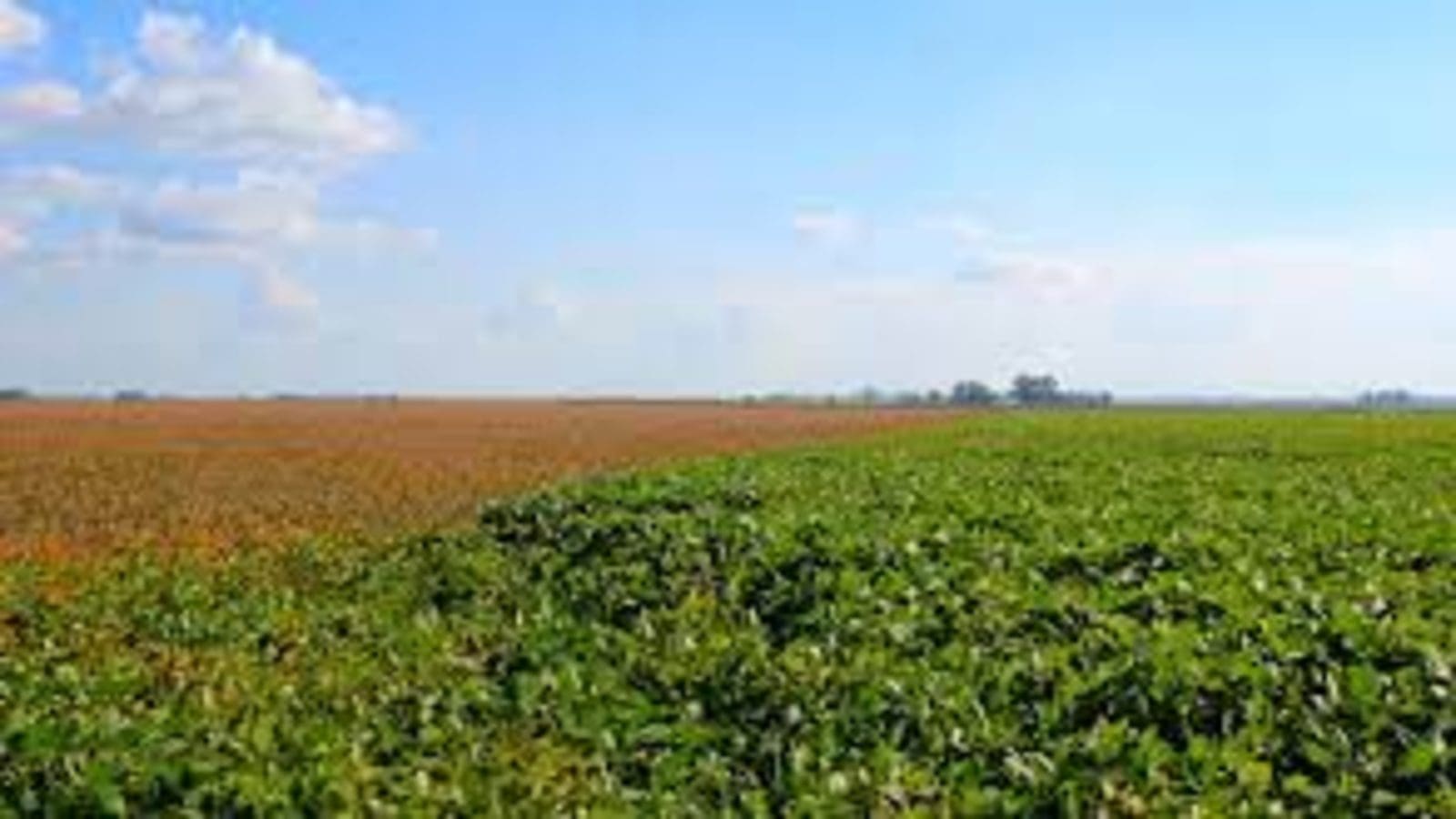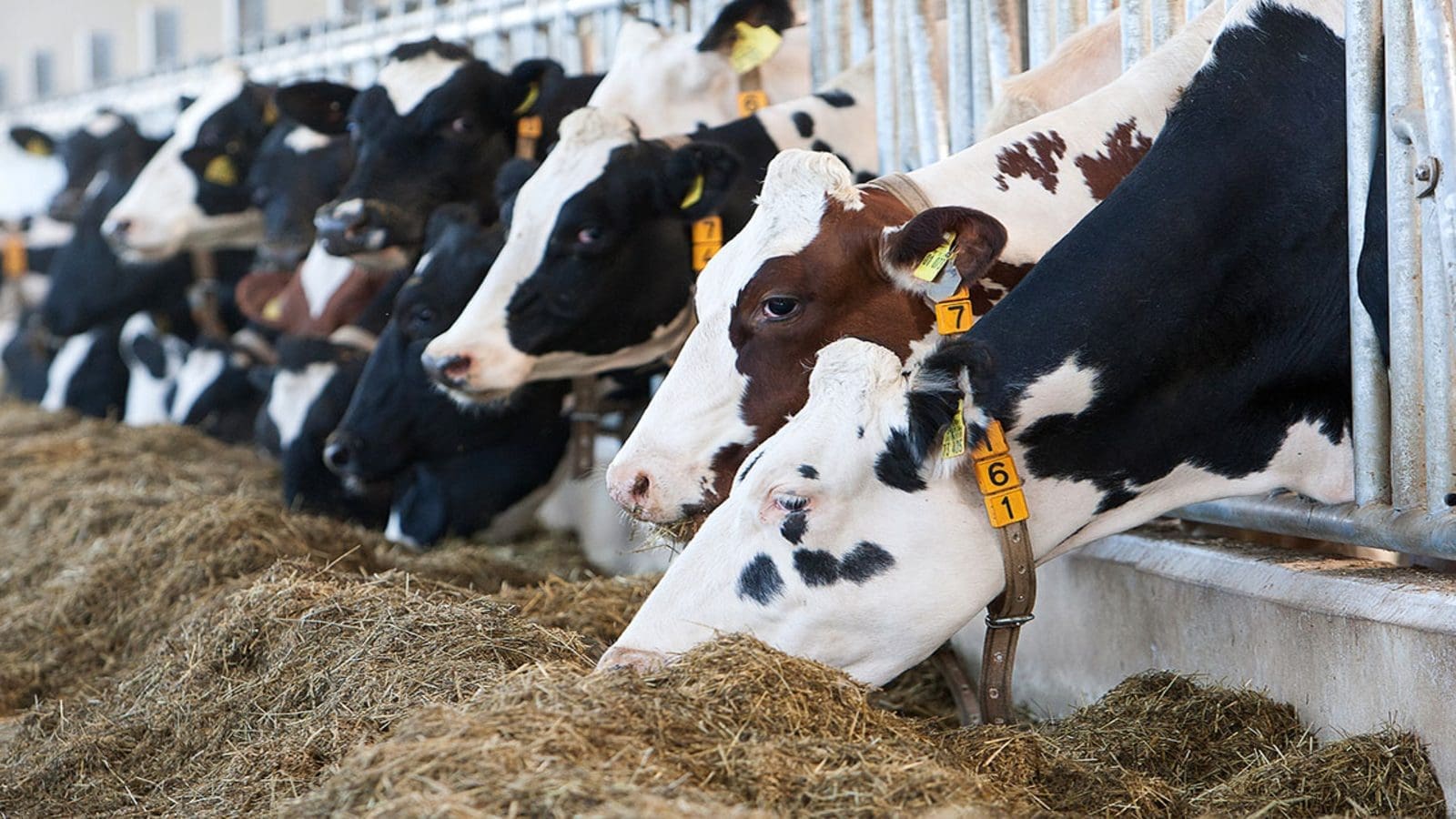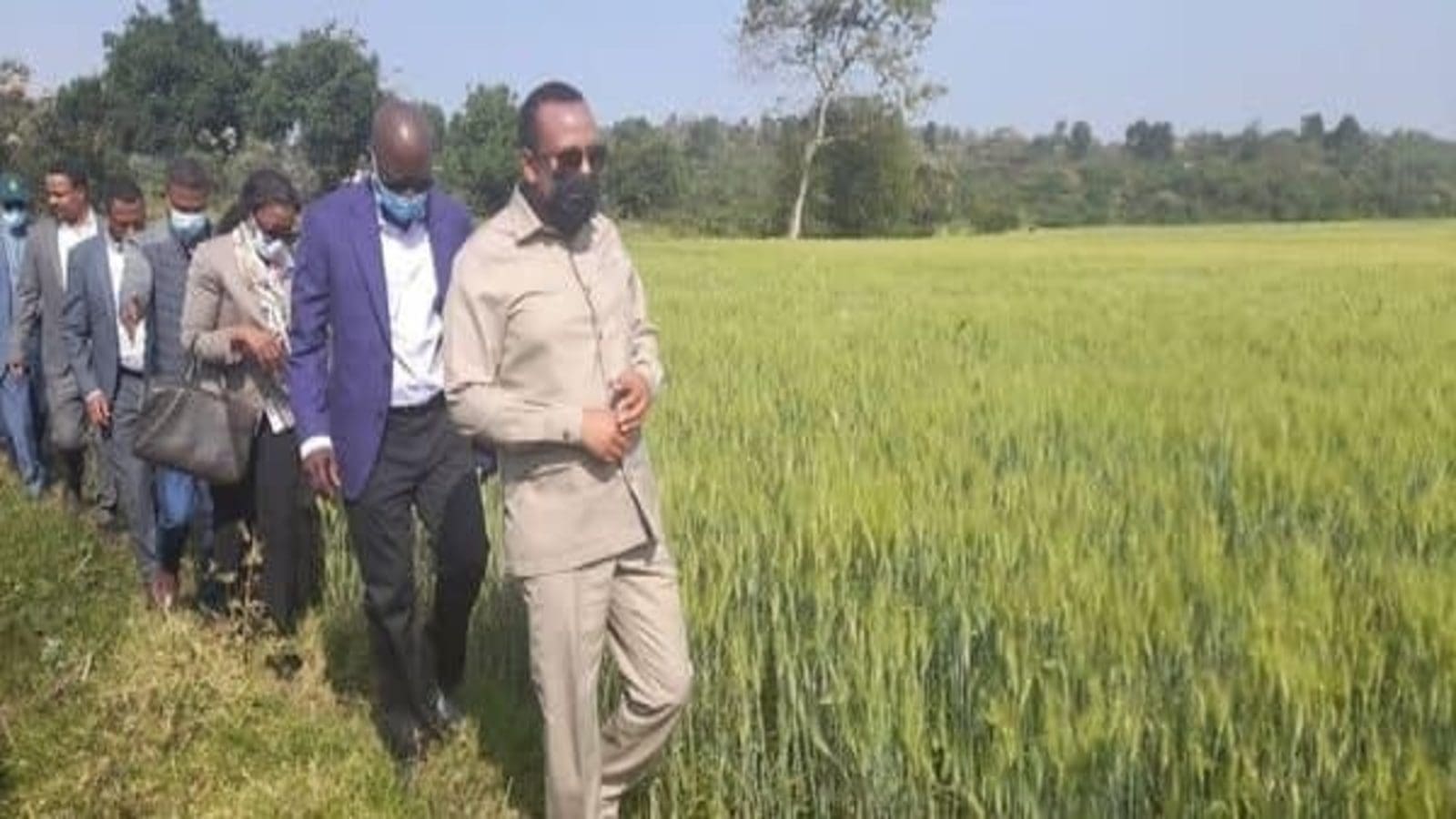ARGENTINA- The world’s top soybean exporter, Argentina, is expected to perform dismally in the 2022-2023 marketing year due to the prevailing drought in the country and the rest of South America.
According to the United States Department of Agriculture (USDA), Argentina has been experiencing the worst drought in the last six decades, forcing farmers to delay their planting of this season’s soybean.
The dry La Niña, which has been affecting Argentina for the last three years and has intensified since May of 2022, has led to very low soil moisture levels during the optimum (October, November, and December) planting season for soybeans.
This severe drought has affected different regions in varying severity, with the early-planted crop in south central Santa Fe, northern Buenos Aires, and much of Entre Rios expected to yield 40-75% less than normal.
An intermediate zone including parts of eastern and central Cordoba, southern Santa Fe, and northwestern Buenos Aires, could register losses ranging between 10 and 25%.
In these affected areas, early-planted soybeans are sure to see low yields whether there will be rains in the coming weeks or not.
However, the late-planted crop, yet to enter vital reproductive stages, could recover if the precipitation conditions improve in the next few weeks.
Interestingly, some parts of southern Buenos Aires, La Pampa, Southern Cordoba, and San Luis, may see average to above-average yields despite the dry La Niña.
Soybean’s 2023 estimates 10 million tonnes lower
As much as there is hope for some of the less-affected areas in Argentina, the production estimates are still significantly low.
According to the Buenos Aires grains exchange, the current outlook for soybean is at 38 million tonnes, 10 million tonnes down from the yield predicted at the start of the season.
Additionally, the Foreign Agricultural Service (FAS) of the USDA estimated the 2022-23 soybean production at 36 million tonnes; down from the 42 million tonnes predicted for 2021-22. These forecasts place the country’s production at a five-year low.
The severely affected soy production in Argentina has resulted in even lower production forecasts by the USDA.
In its February World Agricultural Supply and Demand Estimates report the USDA also reduced its forecast for 2022-23 global soybean production to 383 million tonnes, which is down 5 million tonnes from the January outlook.
Sunflower and peanut production slightly affected
The prevailing drought has not only affected Argentina’s soybean production but other crops, including sunflower seed and peanut, as well.
However, the latter two are comparatively more resistant to drought, and their production is significantly less affected.
For this reason, Argentina is seeing an increase in sunflower planting in areas previously dedicated to corn and soybean.
For all the latest food industry news from Africa and the World, subscribe to our NEWSLETTER, follow us on Twitter and LinkedIn, like us on Facebook and subscribe to our YouTube channel










